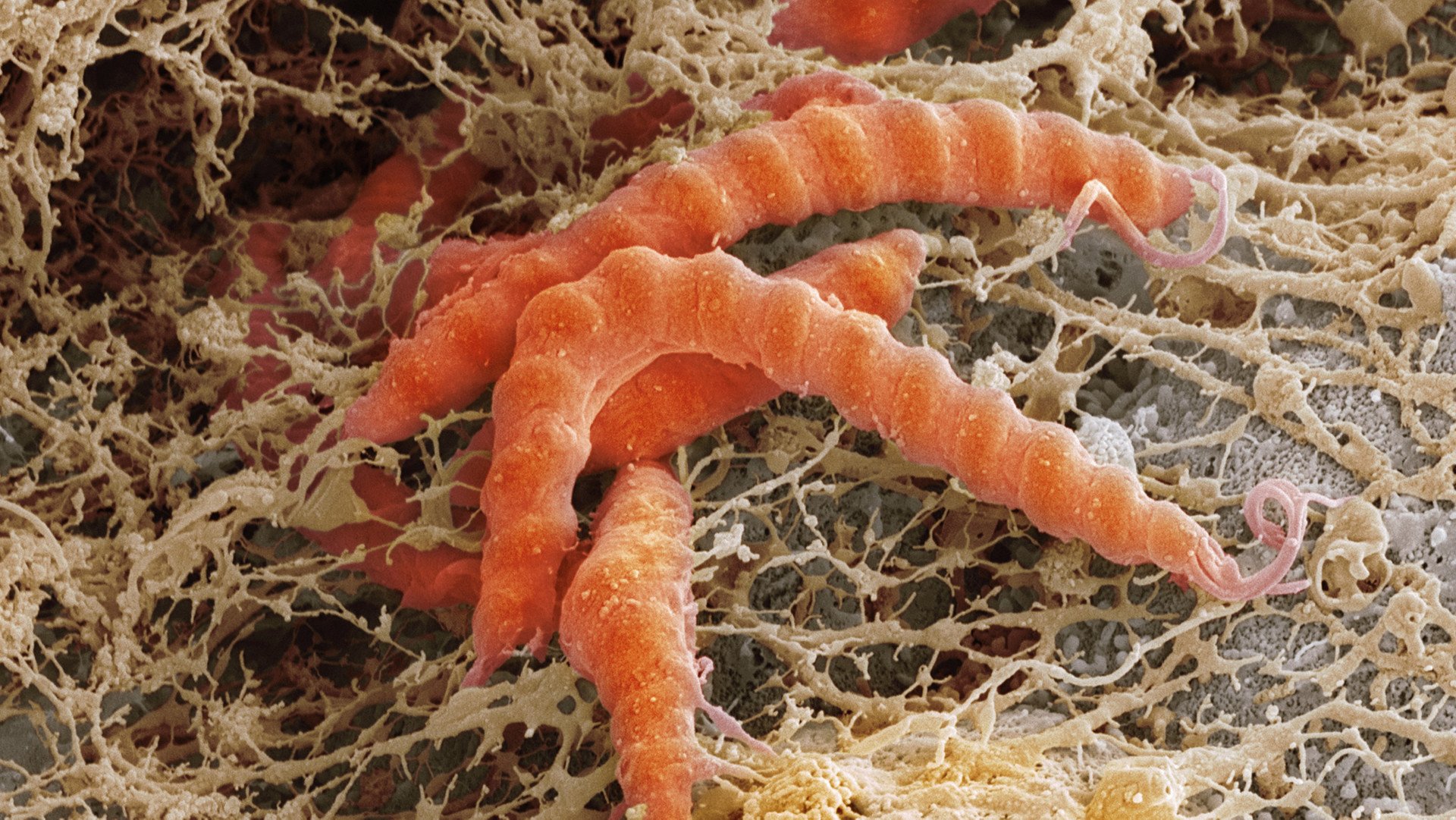Detection by DNA
A group of scientists from the Children's Hospital in Philadelphia, USA, investigated which microbes are present in the hours after birth through large-scale DNA testing of baby stools. The first sixteen hours after birth, not enough DNA could be traced in baby’s stool to prove the presence of bacteria. After these hours, the three most common types in baby intestines could be detected. In addition, by analysing both the DNA and bacterial digestive substances, it was discovered that the intestines are already anaerobic at birth. The species of bacteria (Escherichia coli, Enterococcus faecalis, Bacteroides vulgatus) corresponded to those found in earlier studies in the intestines of older babies. The scientists are conducting further research into how the species composition changes and adapts as the children age.
Adjustment in case of deviation
By making further observations on the changing gut microbiome as we age, a ‘golden standard’ could be established for how microbes develop in a healthy person. By subsequently noting deviations from this, we could also see how certain bacteria play a role in gut-related diseases, such as obesity. In the future, a deviation in the composition of the gut microbiome could possibly be treated at an early stage in order to avoid diseases.
If you want to know more about developments in microbiology, check out our news items .
| https://www.sciencedaily.com/releases/2020/04/200416151714.htm |
| http://dx.doi.org/10.1038/s41564-020-0694-0 |

